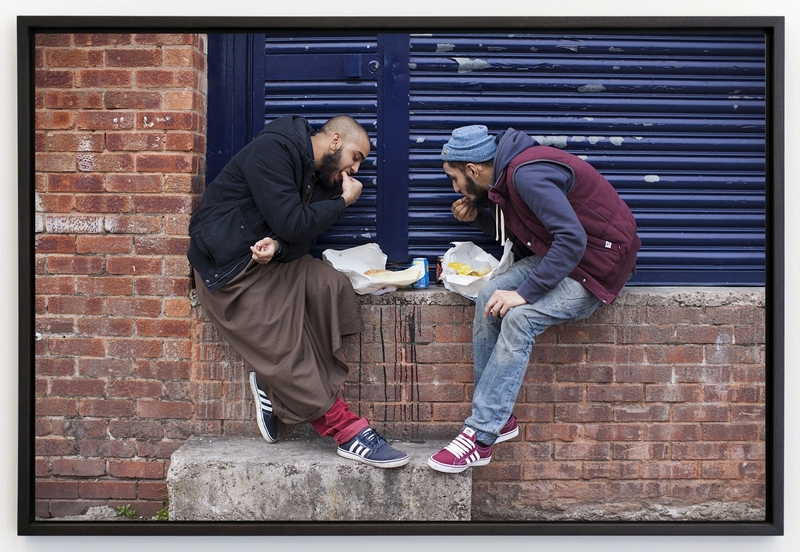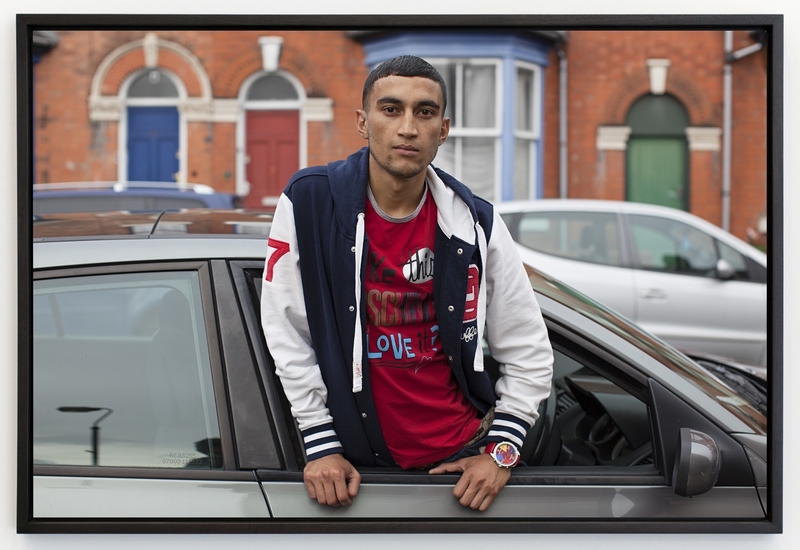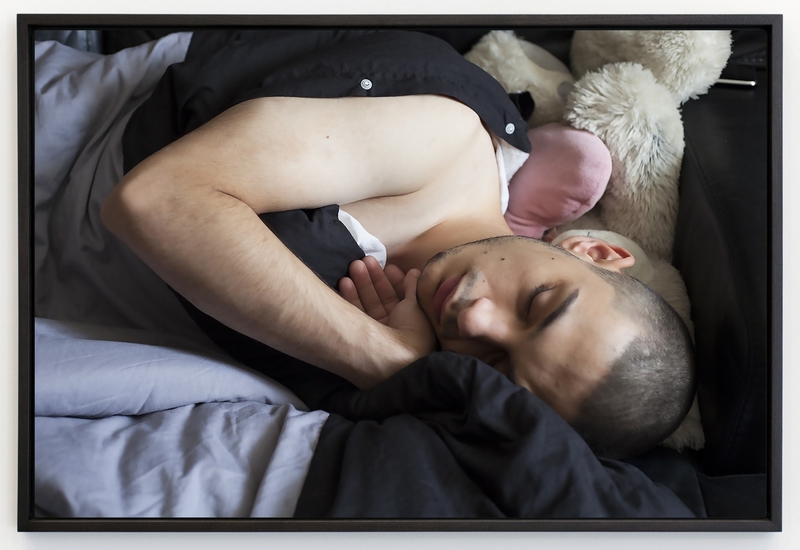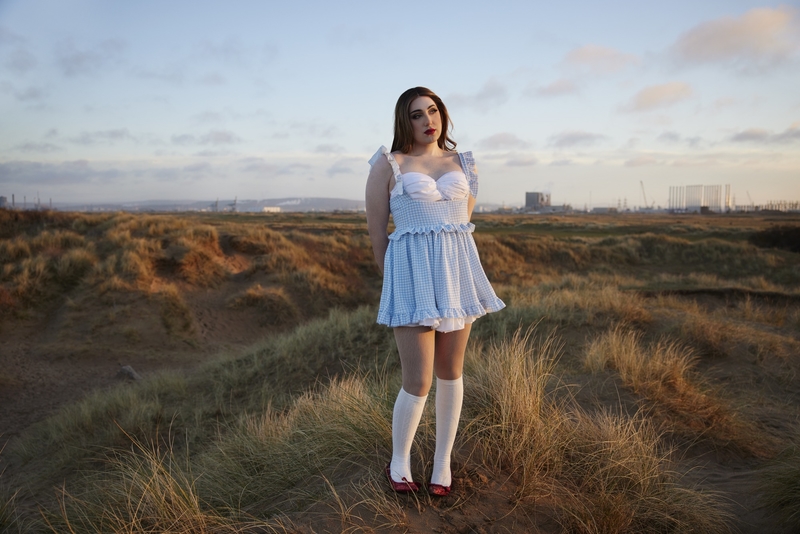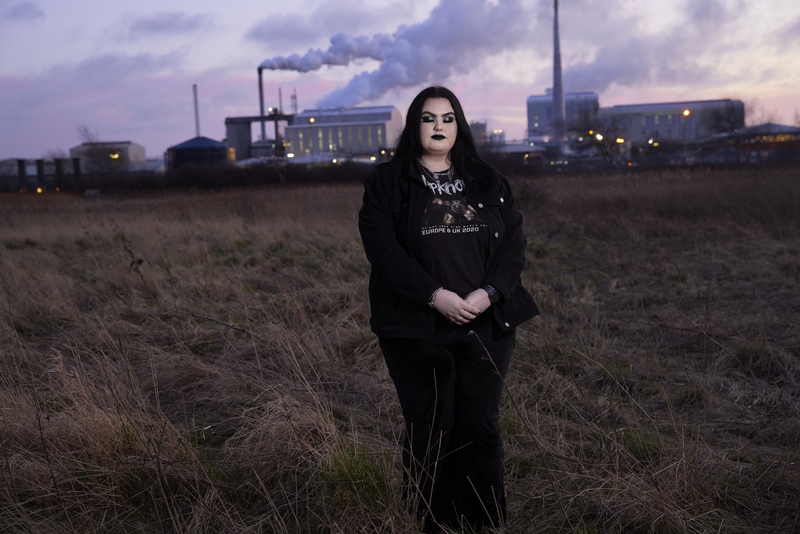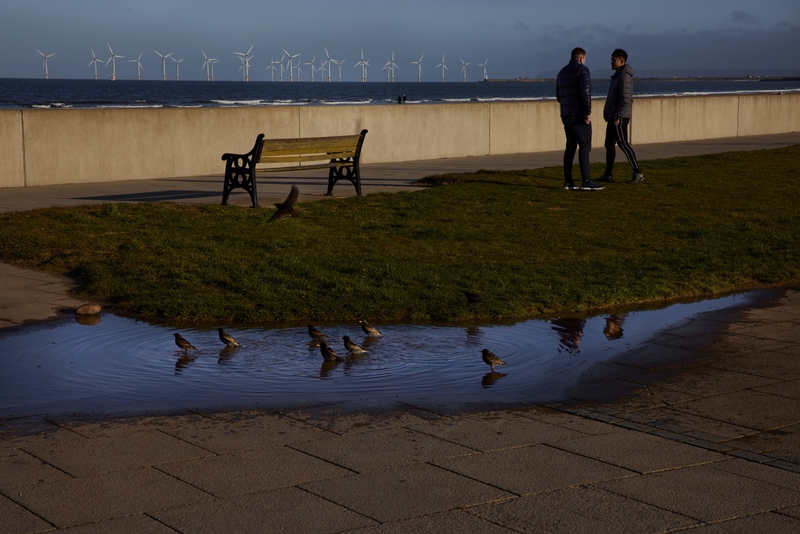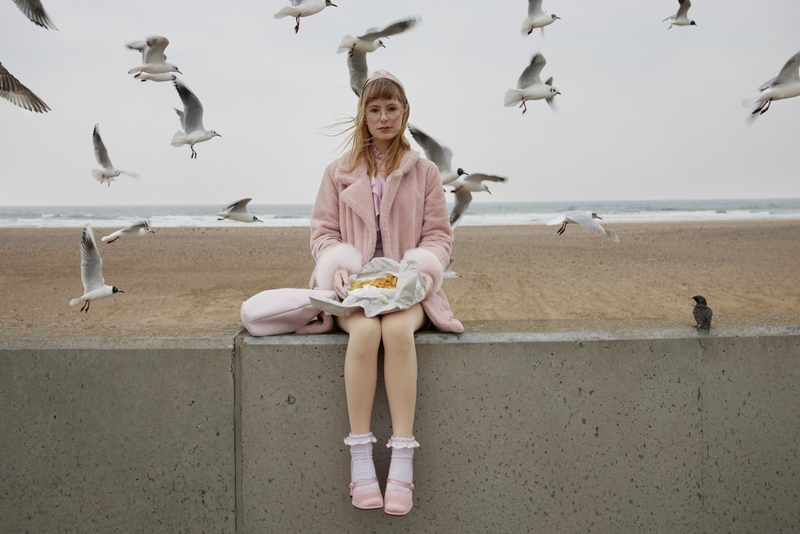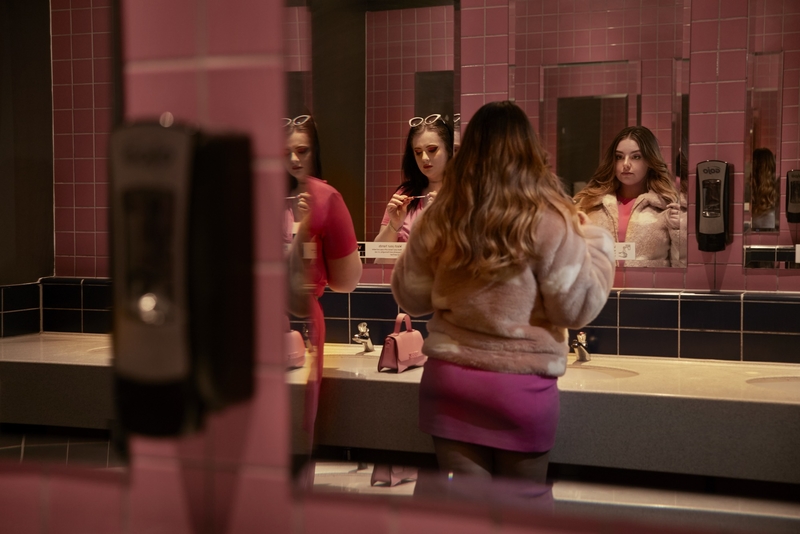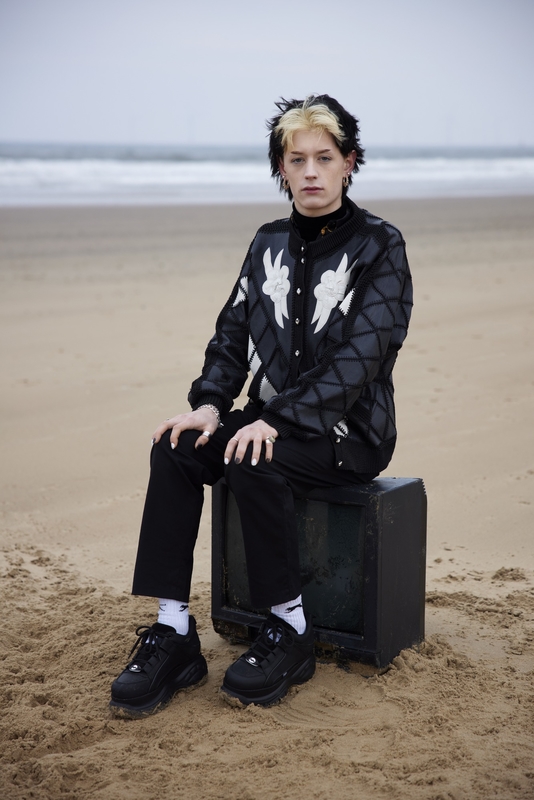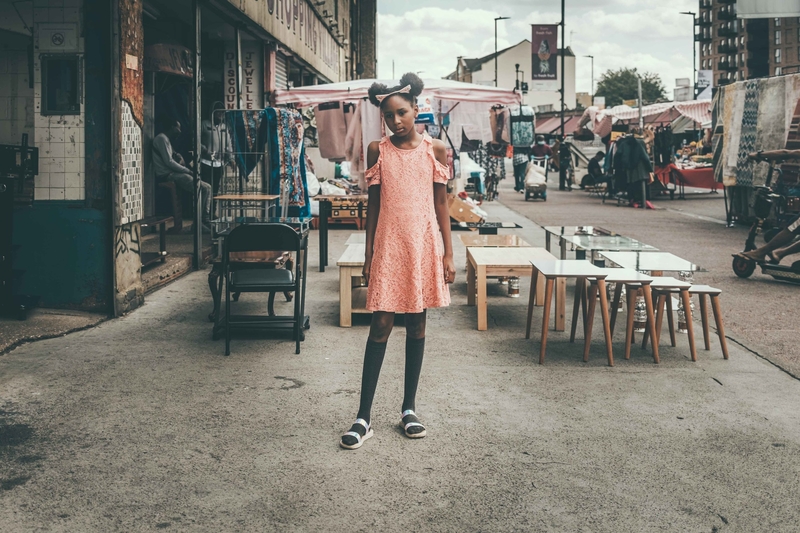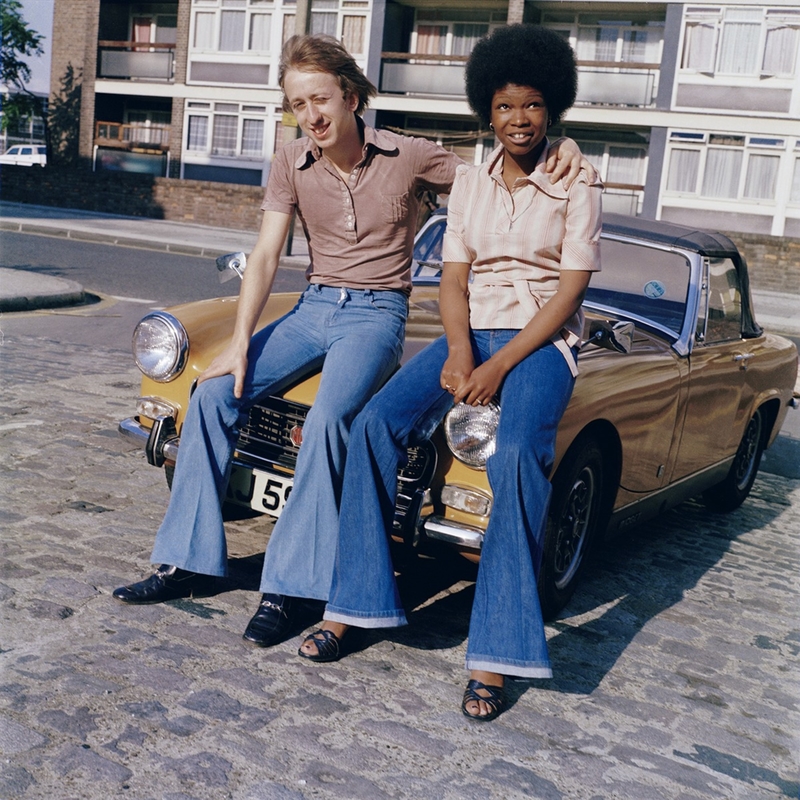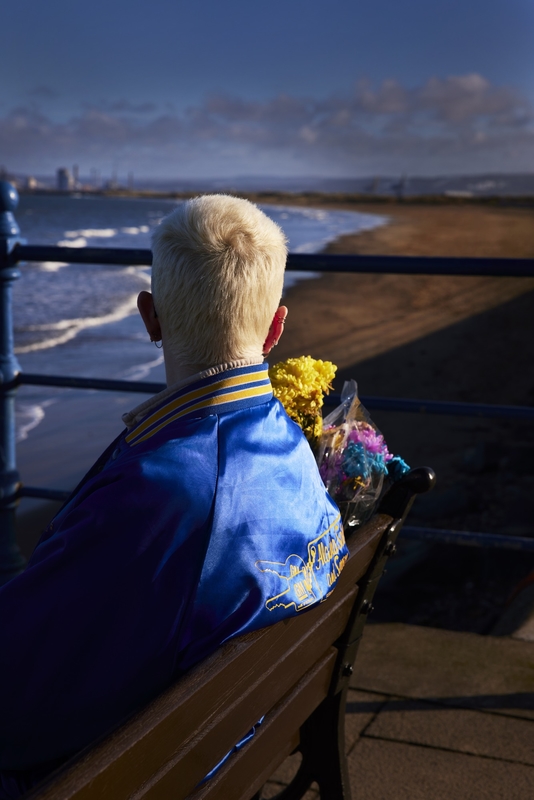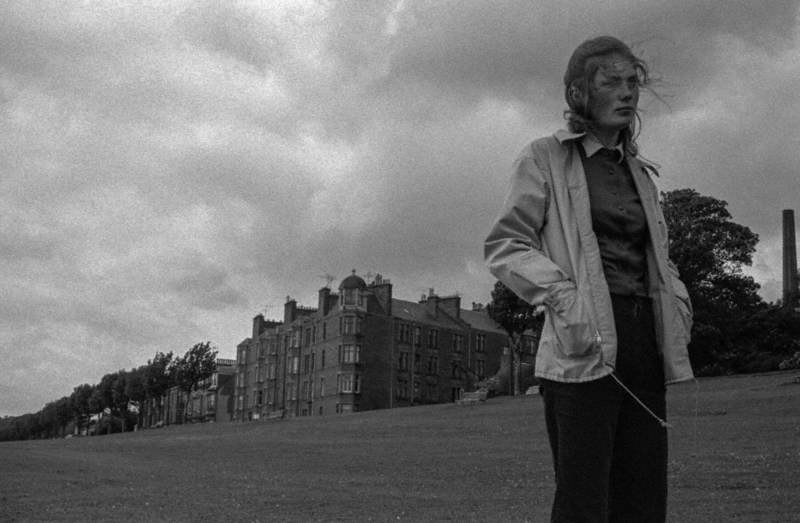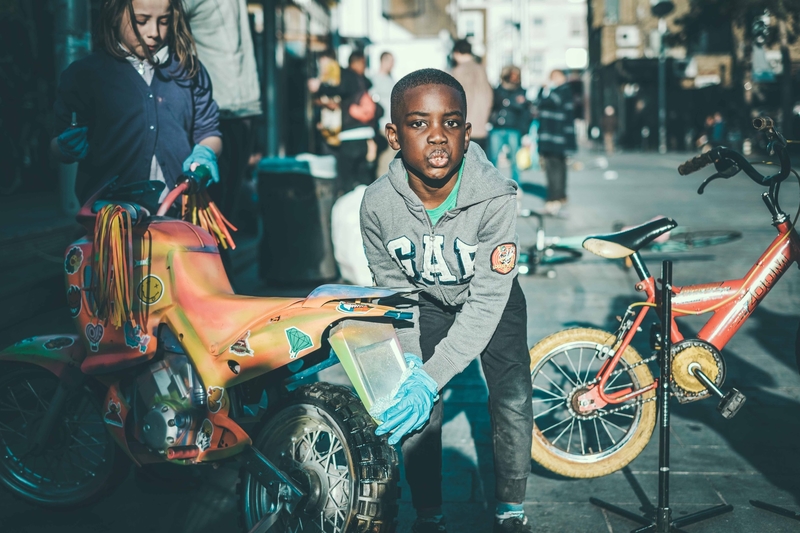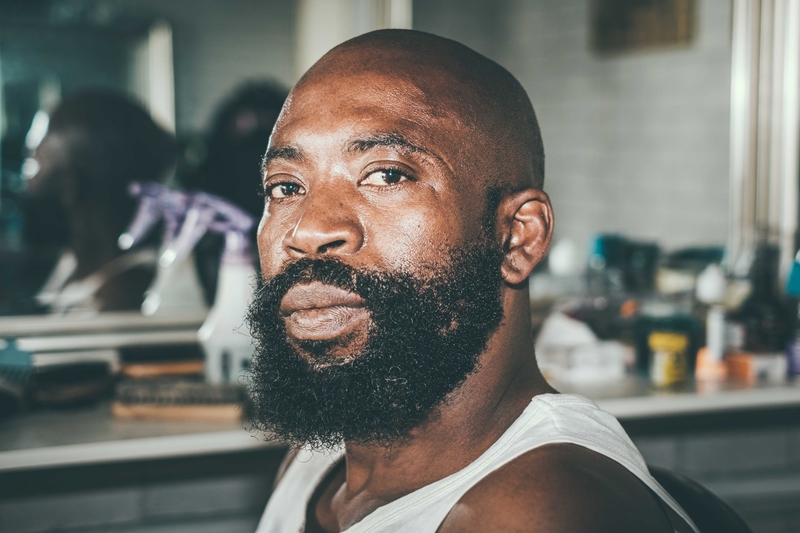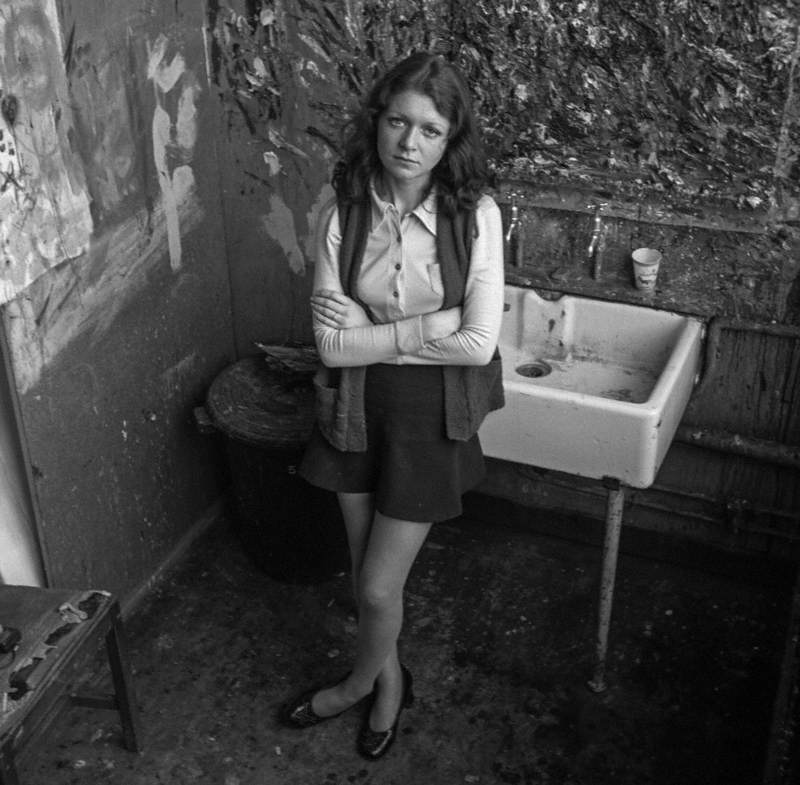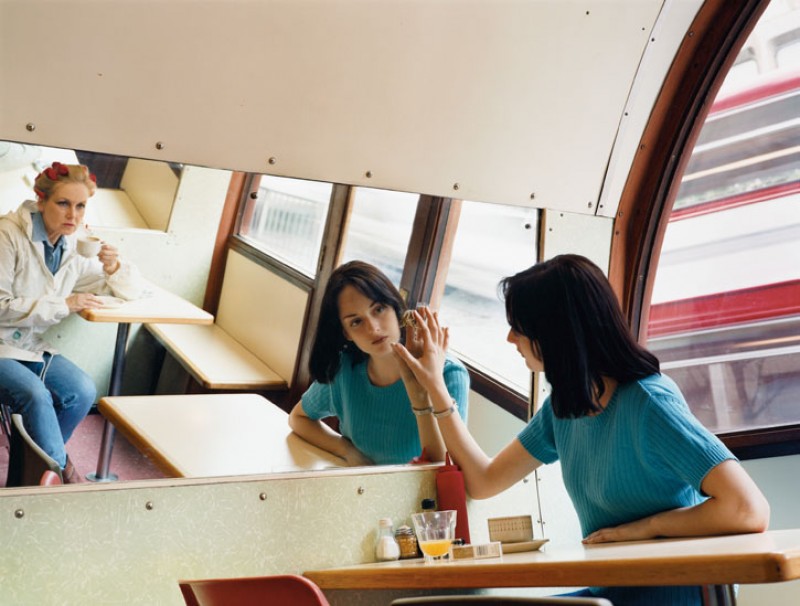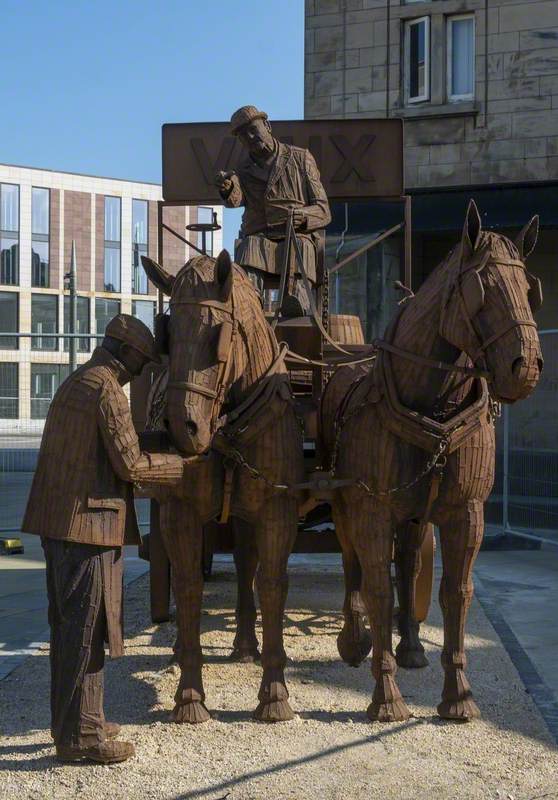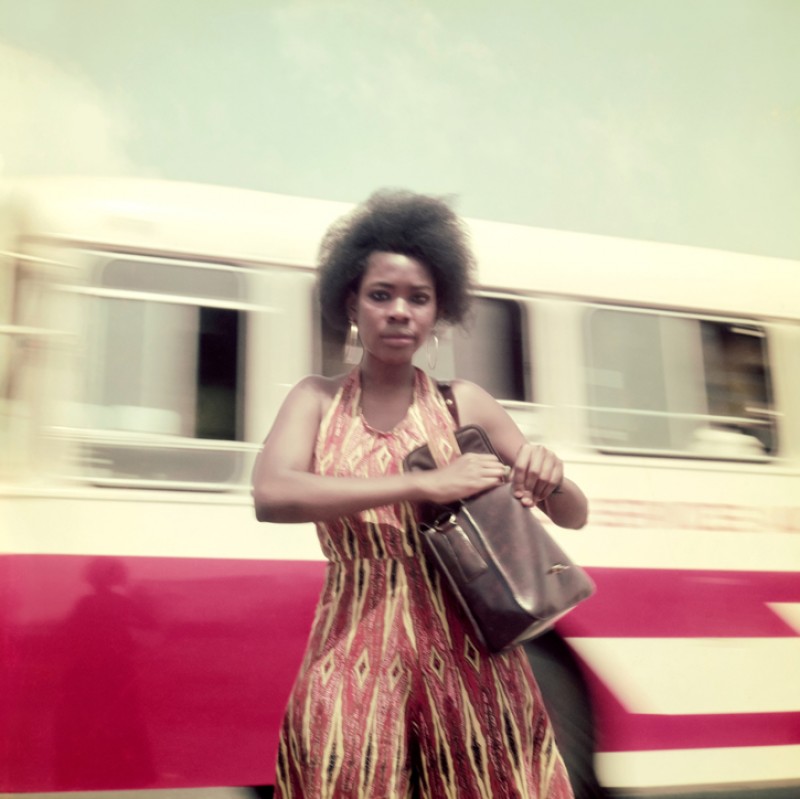In focus: Mahtab Hussain
British artist Mahtab Hussain's photographs explore the relationship between identity, heritage and displacement.
Born in Glasgow in 1981, Hussain grew up in Birmingham. His parents immigrated to Britain from Pakistan. Hussain has said that he often feels too British to be Pakistani and too brown to be accepted as British. It is this sense of place and displacement that he explores in his portraits.
First take
Show this photograph to your class and ask students to respond to what they can see – without telling them anything about the artist or the photograph.
- Who is this a portrait of?
- What is their pose and what are they doing?
- What are they wearing?
- What else can you see in the photograph?
- What things do you recognise in this photograph? What things seem new to you?
- Imagine you are inside this photograph. What can you hear, see and smell?
- What is the mood of the photograph – what does it make you feel? (Is it funny? Is it positive and celebratory? Is it negative or sad?... )
Visual elements
Now discuss the visual elements. How has the photographer used the following techniques to tell us about his subject?
- Composition and space
- Camera angle
- Lighting
- Colour and texture
Teachers' notes/photograph thoughts
The photograph shows two young men sitting in front of a shuttered building and eating takeaway food. They are casually dressed in trainers, jeans and hooded sweatshirts. One of the men wears a traditional kameez over his Westen-style trousers. This mixing of Western and South Asian cultures reflects Hussain's interest in focusing on what is shared rather than what divides the cultures.
- The photograph is composed so that the two men are centrally placed and our attention is drawn to them.
- Their poses mirror each other and balance the composition (as well as suggesting the harmony in their relationship).
- The background suggests an urban setting but the photographer has cropped the photograph so we focus on the men.
- The photographer seems to be standing close by with his camera at the same level as them, creating the impression of intimacy and suggesting they feel comfortable with him being there.
- The photograph is evenly lit, suggesting it was photographed in daylight.
- As well as reflecting the urban setting of the photograph, the brick wall with its paint drips and the ridged shutter adds texture to the background, contrasting with the smooth, soft fabric of the men's clothing.
You Get Me?
The photograph above is from Mahtab Hussain's photographic series, You Get Me?
For the series, he photographed young working-class Asian men and boys in contemporary Britain.
Explore more photographs by Hussain from the series as a class using the nudge questions below if helpful.
Discussion points
- how would you describe the photographs to a person who could not see them?
- why do you think Hussain chose to photograph these young men?
- what is the location or background of the photographs how do you think these relate to the lives of his subjects?
- do you think he is telling a story or putting across a message in his photographs? What do you think he wants us to take from them?
- what questions would you ask the artist about this work if he were here?

